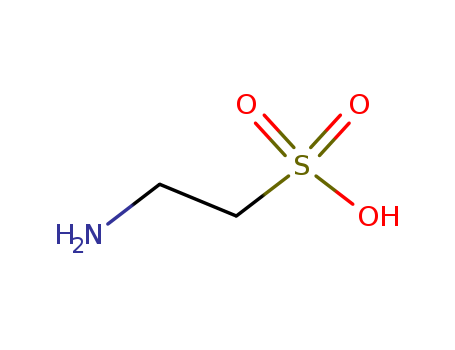10.1039/c002188a
The study investigates the role of charged moieties in the aggregation of cationic conjugated polyelectrolytes (CPEs) and their application in colorimetric sensing of taurine, a sulfur-containing semiessential amino acid. The researchers utilized a cationic polythiophene derivative, poly(3-(4-methyl-30-thienyloxy)propyltrimethylammonium) (PMTPA), which is sensitive to external stimuli and can act as a colorimetric probe for detecting various bioanalytes. The study focused on the interaction between PMTPA and model analytes such as 2-naphthalenesulfonic acid (NSA), 2-naphthalenecarboxylic acid (NCA), and 2-naphthylphosphoric acid (NPA) to understand how these chemicals influence the aggregation of PMTPA. The purpose of these chemicals was to examine the hard-soft acid-base principle in the context of electrostatic interactions and to develop a method for detecting taurine. The researchers also used o-phthalaldehyde (OPA) to premodify taurine, converting it into a sulfonate-containing derivative (PI-taurine), which enhances its interaction with PMTPA and allows for colorimetric detection. The study demonstrated that PMTPA could selectively respond to taurine in aqueous solutions, leading to a color change and providing a simple means for visual detection, which has potential applications in sensing small bioanions.
10.1016/j.bmc.2011.02.014
The researchers synthesized a series of substituted taurine sulfonyl fluorides derived from taurine or protected amino acids, using reagents such as KF/18-crown-6 and DAST for the synthesis of sulfonyl fluorides. The potency of these inhibitors was evaluated through various enzyme assays, leading to binding affinities up to 22 μM. The conclusions drawn from the study indicate that these sulfonyl fluorides are capable of irreversible competitive inhibition of serine proteases, with affinities dependent on the side chain of the inhibitor. The best binding affinity was observed for the phenylalanine-derived sulfonyl fluoride, which was comparable to the known potent inhibitor PMSF.
10.1002/hc.20133
The research aims to synthesize optically active 1-substituted taurines, which are important sulfur analogues of naturally occurring amino acids. These compounds and their N-benzyloxycarbonyl-protected derivatives were synthesized from optically active β-amino secondary alcohols through a three-step process involving N-protection with benzyl chloroformate, substitution with thiolacetic acid under Mitsunobu conditions, and oxidation with performic acid. The study concludes that optically active 1-substituted taurines can be successfully synthesized from the corresponding β-amino secondary alcohols, providing a new method for preparing these compounds. The synthesized taurines could serve as structural analogues for studying physiological processes involving naturally occurring 2-substituted 2-aminoethanesulfonic acids.



 Xi
Xi

